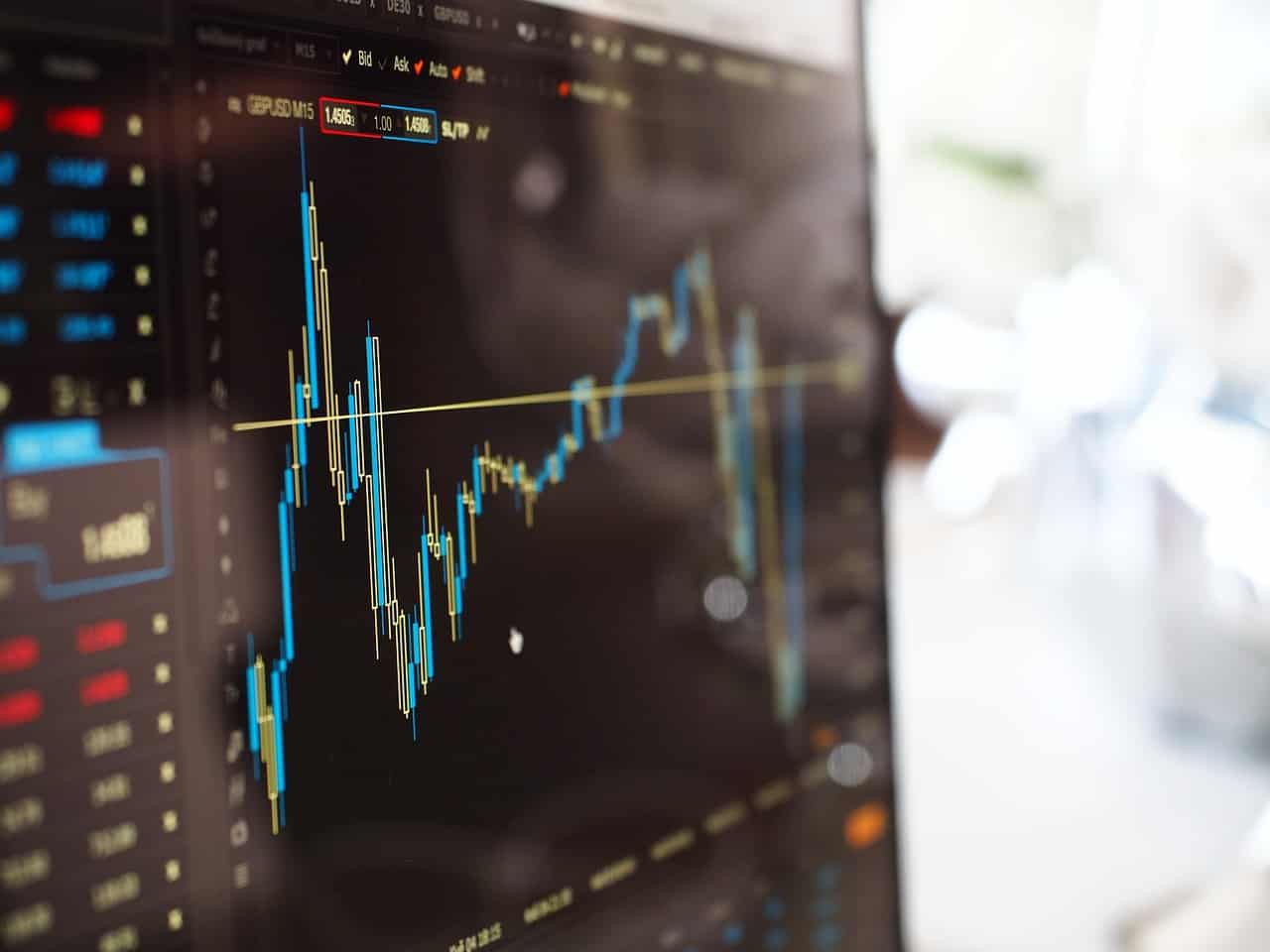
Forex trading, also known as foreign currency trading, is the process of buying and selling currencies to profit. The foreign currency market is the world’s largest financial market, with an average daily trading volume of more than $5 trillion. Furthermore, it is the most liquid market. Forex traders often utilize technical analysis as a tool to help them make informed trading decisions.
Technical analysis examines historical data in the Forex market, particularly price and volume, to identify patterns and make lucrative trading decisions. On the other hand, fundamental analysis is a way to predict how the market will move in the future by looking at how many economic and financial factors will affect it.
Technical analysis gives a means for making clear and objective trading decisions. Traders may make decisions based on facts rather than emotions by reviewing past market data to seek out trends and patterns.
Even inexperienced investors should have no issue learning how to use technical analysis. There is a lot of information online for people who want to learn more about technical analysis techniques and how to use them in forex trading.
Technical analysis has been used by traders for decades, and its utility has been shown several times throughout that time. Many successful traders base a large percentage of their trading decisions on this type of analysis.
Traders that employ technical analysis may get a competitive edge in the market due to their capacity to foresee future market movements. This may result in more successful agreements, which may result in more profits.
Before you begin utilizing this strategy in your foreign currency trading, you must first understand the principles of technical analysis. The following is a collection of keywords and concepts to become familiar with.
The word “trend” refers to the broad course the market seems to follow. A trend’s direction might be upward, downward, or sideways.
Support and resistance levels are price points at which the market is expected to encounter either support (a barrier to further price decreases) or resistance. Price points are another term for support and resistance levels (resistance to further price increases).
Moving averages are a popular approach for detecting patterns and smoothing out price activity. Simple moving averages (SMA) and exponential moving averages (EMA) are the two most common types of moving averages.
Candlestick analysis charts are financial charts that display price data over a certain time period. They give important information about the market’s attitude and price movements.
Oscillators are tools that help traders determine if the market has become overbought or oversold. Popular oscillators include the relative strength index, sometimes known as the RSI, and the stochastic oscillator.
Following your newfound understanding of the principles of technical analysis, we will now go through how you may use this information in your forex trading. Here are some critical methods to think about.
The first step in using technical analysis is determining the market’s trend. Moving averages, trend lines, and other trend-following indicators may be used to do this.
Once you’ve established the trend, you may use support and resistance levels to identify where to enter and exit trades. Looking at past data may help you find these levels. After hitting these levels, the market is likely to either pivot or continue going in the same direction.
In price action analysis, the raw price data of a currency pair is examined for patterns and potential trades. Using this method, one may get valuable insight into the market’s sentiment and potential price movements.
Indicators are mathematical computations based on a currency pair’s price and volume. There are several types of indicators, each with its own set of distinguishing characteristics. The Relative Strength Index (RSI), the Stochastic Oscillator, and the MACD are all popular in forex. When traders combine numerous indicators, they may acquire a more comprehensive perspective of current market conditions and make more educated trading decisions.
Patterns are recurring price formations that, when spotted and evaluated properly, may provide helpful insight into future market moves. Typical chart patterns include the head and shoulders design, triangles, and wedges. Traders may make intelligent decisions regarding their trades if they can spot these patterns and understand their implications.
Keeping a complete and structured trading journal can help you monitor your progress and discover areas where you can improve. This is as simple as noting the date, currency pair, entry and exit prices, and reason for each transaction. By examining the entries in your trading diary, you may improve your ability to conduct technical analysis and your overall success in the trading market.
Technical analysis is a powerful tool available to forex traders that gives a clear and objective way to make informed trading decisions. Traders may understand market conditions comprehensively and make more confident trades using various approaches such as trend analysis, price action analysis, support and resistance level analysis, indicators, and chart patterns. When it comes to trading, it is critical to continue educating yourself and developing your skills over time, and technical analysis is no exception.